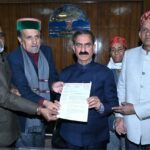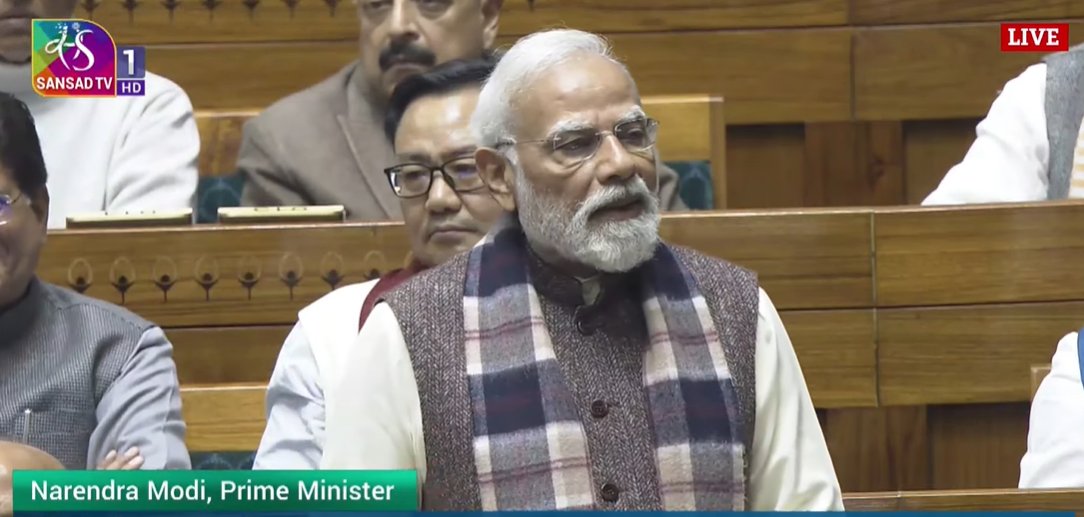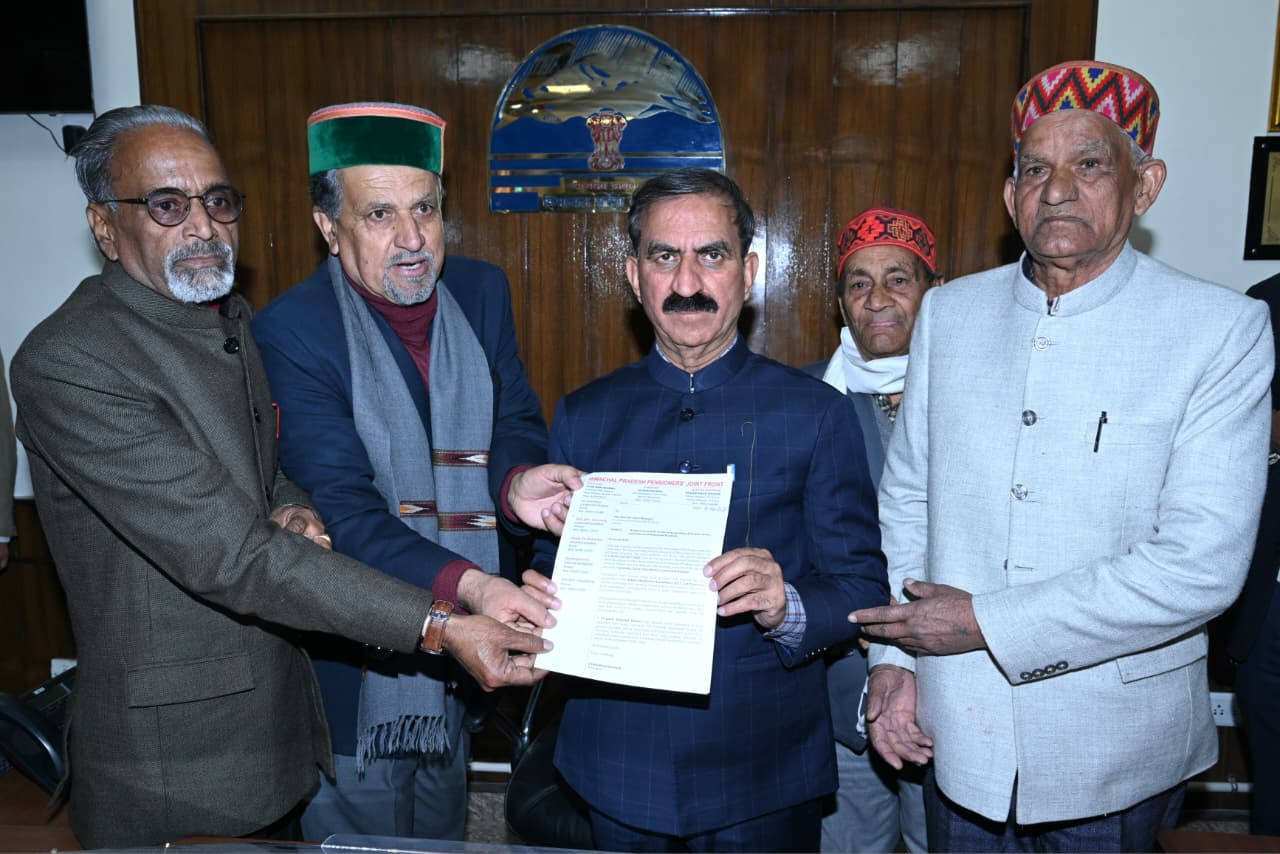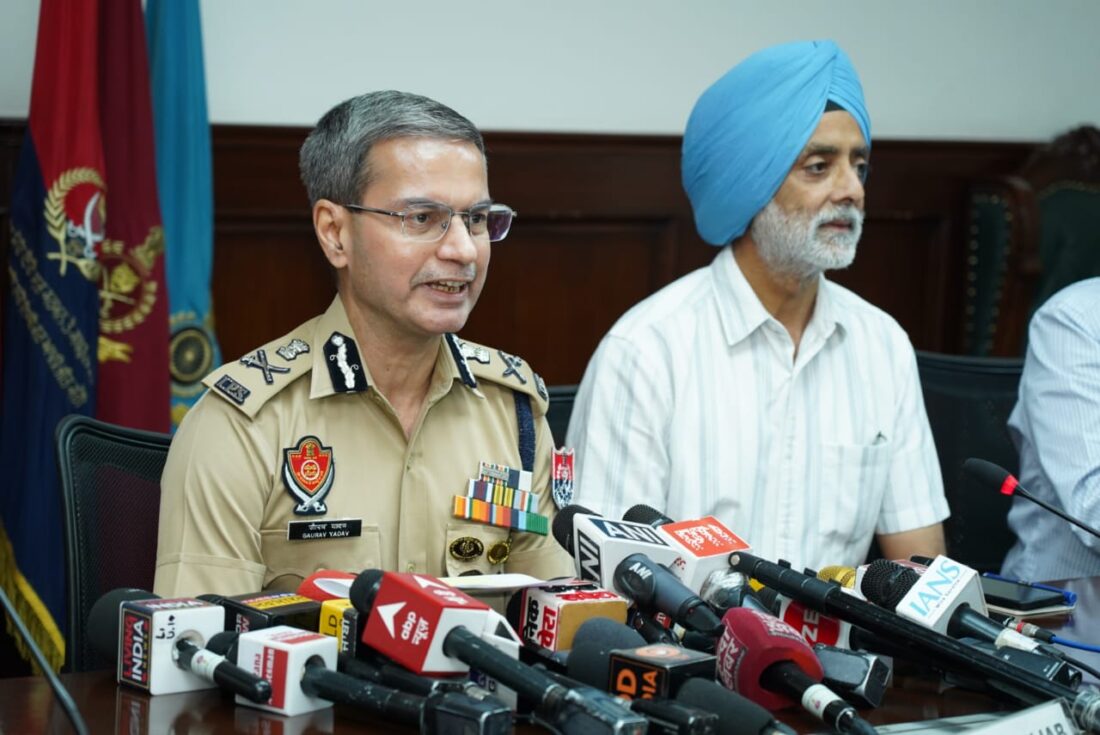Yog Raj Sharma
The North News
Shimla, August 8
A top environmental official in Himachal Pradesh has sounded the alarm over intensifying climate change impacts in the Himalayan region, warning that unregulated development and delayed policy action could lead to catastrophic consequences.
Dr Suresh C Attri, Chief Scientific Officer of the Department of Environment, Science & Technology and Climate Change, said on Thursday that global warming is sharply altering weather systems across the mountainous state. Cloudbursts are becoming more frequent, glaciers are retreating, and the number of lakes in the region has surged by nearly 30% in just three years — from 1,800 in 2021–22 to 2,300 in 2024.
“Western Disturbances that previously occurred mostly in November and December are now intensifying during the monsoon,” Dr Attri said. “This is dramatically increasing the frequency and severity of cloudbursts.”
The official pointed to new findings showing that the Arabian Sea is warming faster than before — a shift that, along with disrupted Western Disturbance patterns, is fuelling extreme rainfall in Himachal’s fragile ecosystems.
A century-long climate study by the Indian Institute of Tropical Meteorology indicates that the average temperature in Himachal Pradesh has risen by 0.9°C. Meanwhile, spring has shortened by nearly 20 days, leaving less time for seasonal transitions and increasing the likelihood of weather shocks.
Dr Attri urged the government to act swiftly by identifying potential cloudburst zones, setting up research units, installing early warning systems, ensuring slope stability, and training local communities to respond to extreme weather events.
“If stringent measures are not taken now, the future may bring far more destruction,” he warned.
Himachal Pradesh has experienced repeated monsoon disasters in recent years, and scientists say climate-linked instability in the region is becoming the new normal.
















